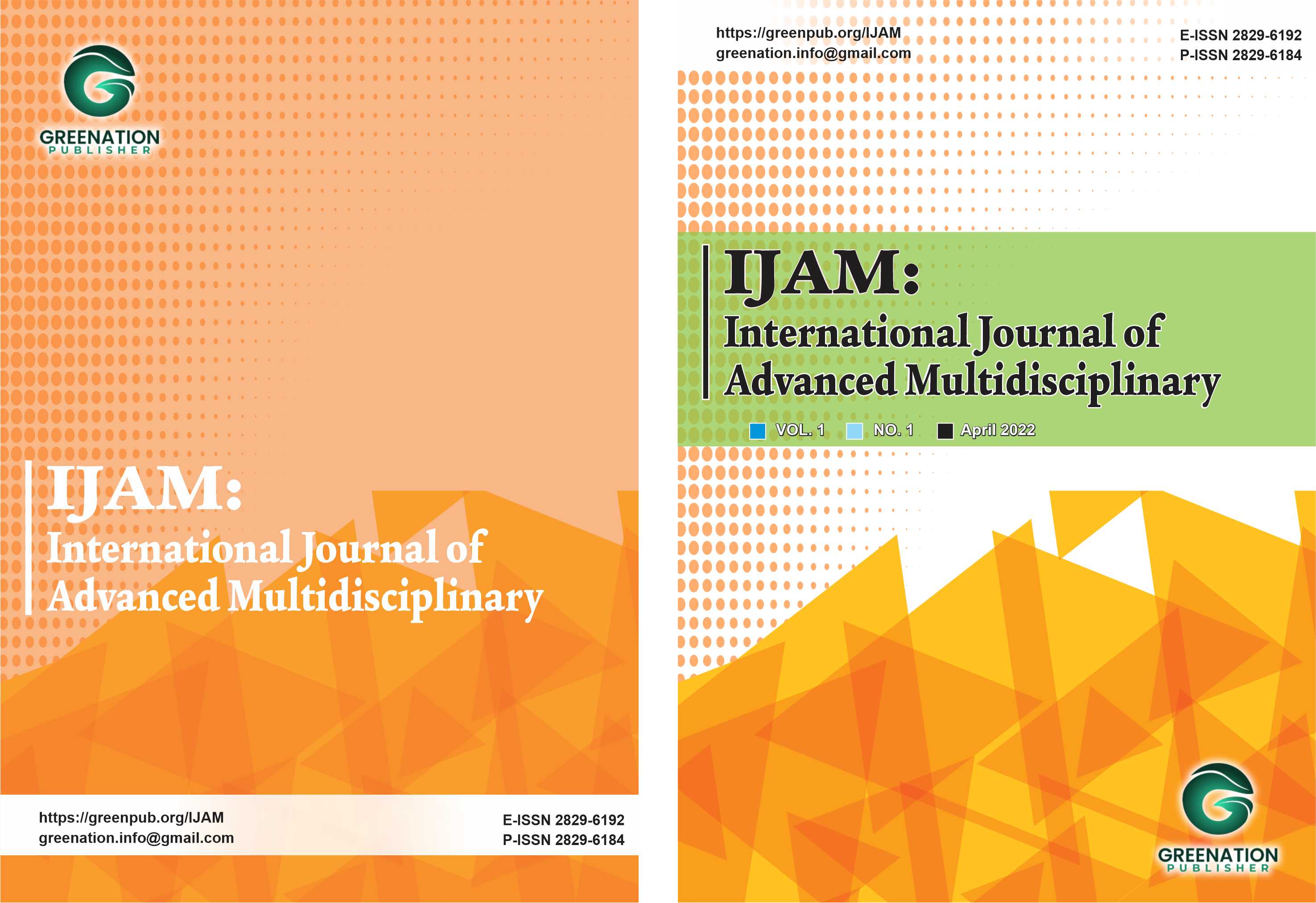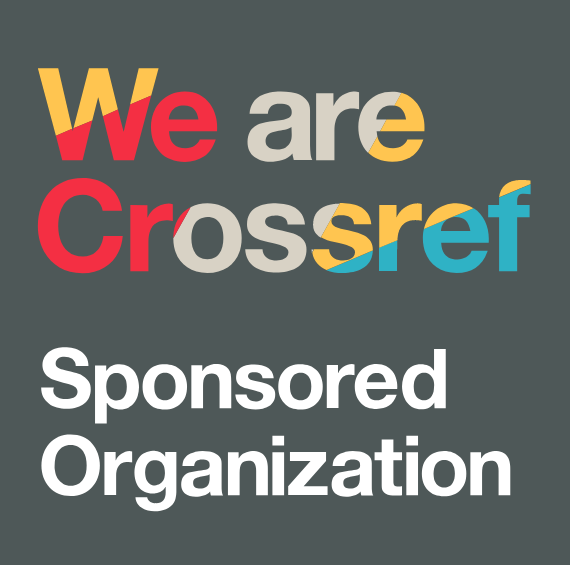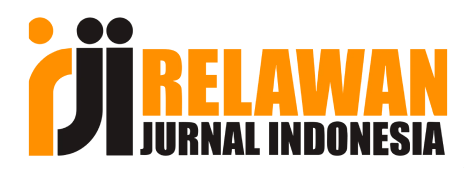Application of Graphs in Social Network Analysis on The Organizational Structure of Immigration Office Class I TPI Jambi
DOI:
https://doi.org/10.38035/ijam.v4i2.1311Keywords:
Graph, Social Network Analysis, Organizational Structure, Centrality, Immigration OfficeAbstract
In the digital era and modern bureaucracy, understanding the dynamics of internal communication is very impor improve the effectiveness of public organizations. This study aims to analyze the structure of social networks in the organization of the Class I Immigration Office of TPI Jambi through a graph approach. The data was obtained through interviews with employees and then modeled as a graph, where each node represents the unti or position of the position and each side shows the communication relationship between the units. The weight on the sides indicates the intensity of the communication: weight 1 for strong bond and weight 2 for weak bond. Three main centrality metrics are used in this analysis, namely centrality of degree, proximity, and inequality. The results of the analysis show that the positions of the Head of Office and Head of the Administration Subdivision are nodes with the highest centrality, indicating that they play a role as the main communication center in the organization. In contrast, units such as Kasi TIKKIM have a low centrality value, which signifies relative isolation in the information network. This finding indicates a gap in the communication flow between units, which has the potential to affect operational efficiency. By understanding the strategic position of each unit in the flow of information, institutions can design more effective communication strategies to support the improvement of the quality of public services. This research proves that social network graphs and analysis can be a powerful tool for evaluating and optimizing organizational structures, particularly in government agencies such as the Immigration Office.
References
Ansell, C., & Gash, A. (2008). Collaborative governance in theory and practice. Journal of Public Administration Research and Theory, 18(4), 543-571
Beauchamp, M., A., (1965). An Improved Index of Centrality. Behavioral Science 10. Pp. 160-163
Borgatti, S. P., & Halgin, D. S. (2011). Social network analysis and other forms of network analysis: A review of the field. Journal of Management, 37(5), 896-905.
Borgatti, Sthepen, P. (2005). Centrality and Network Flow. Social Networks 27. Pp.55-71
Chen, M. J., & Hsieh, C. W. (2017). Does organizational communication affect public service motivation? An empirical study of Taiwanese public servants. Public Management Review, 19(3), 392-411.
Cormen, T. H., Leiserson, C. E., Rivest, R. L., & Stein, C. (2009). Introduction to Algorithms (3rd ed.). MIT Press.
Cornwell, Benjamin. (2005). Sexual Behavior and Social Networks. International Encyclopedia of the Social and Behavioral Sciences
Directorate General of Immigration. (2023). Immigration profiles and services. https://www.imigrasi.go.id
Hakim, Z., & Rizky, R. (2018). Analysis of the design of the passport making information system at the Immigration Office of Bumi Serpong Damai Tangerang, Banten using the rational unified process method.Vol,6, 103-112.
Hakim, Zaenal, and Robby Rizky. "Analysis of the Design of the Passport Making Information System at the Immigration Office of Bumi Serpong Damai Tangerang, Banten, Using the Rational Unified Process Method."Vol6 (2018): 103-112.
HAKIM, Zaenal; RIZKY, Robby. Analysis of the design of the passport making information system at the Immigration Office of Bumi Serpong Damai Tangerang, Banten using the rational unified process method.Vol, 2018, 6: 103-112.
Munir, R,, "Discrete Structure", STEI ITB Informatics Engineering Study Program, 2009.
Munir, R. (2010). Discrete Mathematics Third Edition. Bandung: Informatics Bandung
Nieminen, Juhani. (1974). On The Centrality in a Graph. Scandinavian Journal of Psychology 15. Pp. 326-336.
Republic of Indonesia. (2022). Regulation of the Minister of Law and Human Rights on Passports of the Republic of Indonesia.
Sari, M. A., & Wijaya, D. (2022). Evaluation of Passport Making Services at the Immigration Office. Journal of Public Administration, 15(1), 45–54.
Syaputra, A. (2011). Application of Spanning Tree in Power Grid Optimization
University of Jambi. (2023). Internship Guide for FST UNJA Mathematics Study Program.
Wamiliana. (2022). Minimum Spanning Tree and Network Design. Bandar Lampung: Media Heritage
Wasserman, S., & Faust, K. (1994). Social network analysis: Methods and applications. Cambridge University Press.
Downloads
Published
How to Cite
Issue
Section
License
Copyright (c) 2025 Ezra Lidiana Gultom, Corry Sormin

This work is licensed under a Creative Commons Attribution 4.0 International License.
Authors who publish their manuscripts in this journal agree to the following conditions:
- The copyright on each article belongs to the author(s).
- The author acknowledges that the International Journal of Advanced Multidisciplinary (IJAM) has the right to be the first to publish with a Creative Commons Attribution 4.0 International license (Attribution 4.0 International (CC BY 4.0).
- Authors can submit articles separately, arrange for the non-exclusive distribution of manuscripts that have been published in this journal into other versions (e.g., sent to the author's institutional repository, publication into books, etc.), by acknowledging that the manuscript has been published for the first time in the International Journal of Advanced Multidisciplinary (IJAM).























